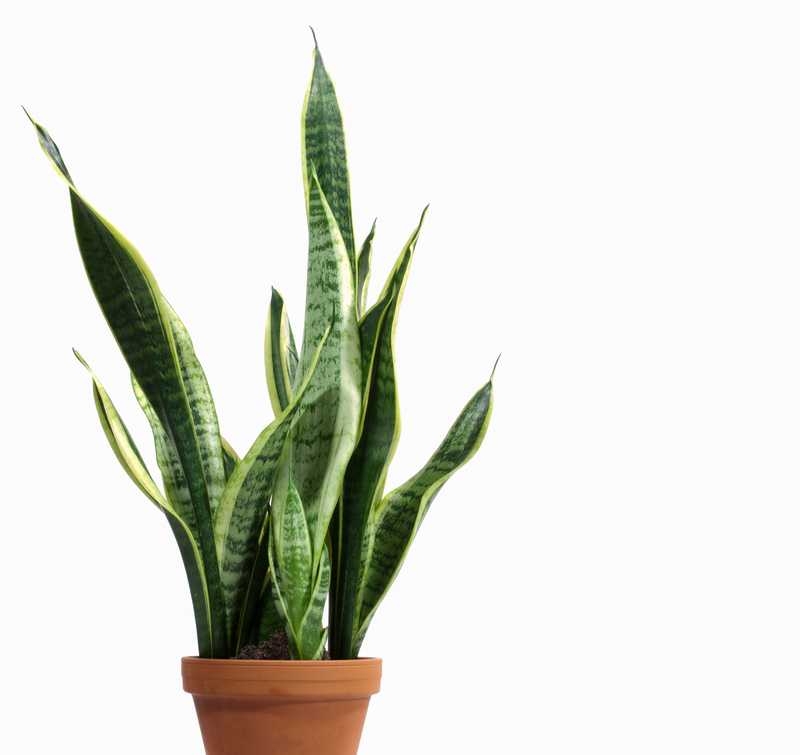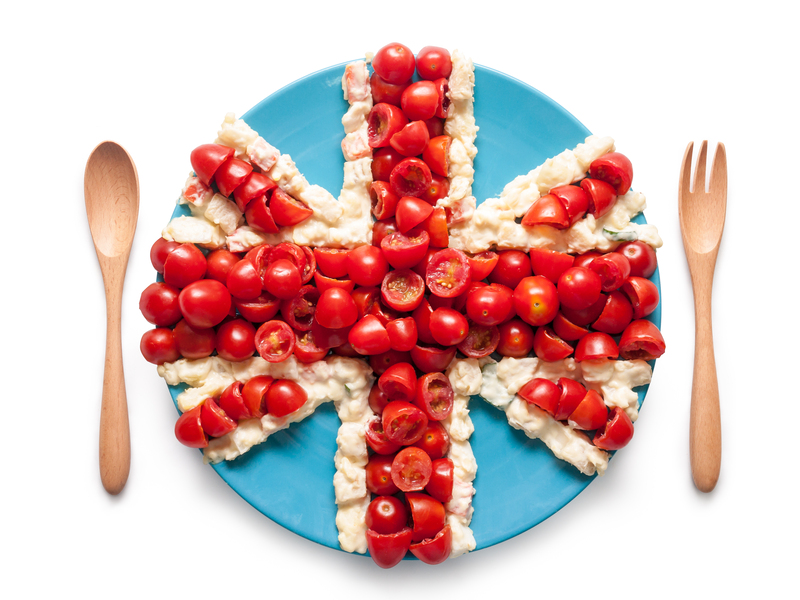Vertical Gardening: A Skyward Approach to Green Design
Posted on 28/05/2025
Vertical Gardening: A Skyward Approach to Green Design
Introduction to Vertical Gardening
In our rapidly urbanizing world, the quest for space-efficient and eco-friendly solutions is more vital than ever. Vertical gardening, also known as living walls or green walls, offers a revolutionary answer to this modern challenge: creating lush, green spaces where there once was none. This skyward approach to green design not only maximizes limited space but also transforms barren walls and facades into vibrant, breathing ecosystems.

What is Vertical Gardening?
Vertical gardening is an innovative horticultural method that allows plants to grow upward or out of a specially constructed frame. Rather than planting horizontally in the earth, enthusiasts and professionals utilize walls, fences, trellises, or custom-built structures. These vertical gardens can be as simple as wall-mounted planters for herbs, or as complex as towering green installations in urban centers.
The History and Evolution of Vertical Gardens
- Ancient hanging gardens like those of Babylon are among the earliest examples.
- Modern vertical gardening gained momentum in the 20th century with botanist Patrick Blanc's creation of the first "living wall."
- Today, vertical green design can be seen in homes, offices, restaurants, and public buildings worldwide.
The Benefits of Vertical Gardening
Adopting a vertical garden offers countless advantages for cities, communities, and homeowners alike. Let's explore its most significant benefits:
- Maximizes Space: Ideal for urban environments where ground area is scarce.
- Improved Air Quality: Plants help filter pollutants, creating cleaner and healthier air.
- Thermal Insulation: Living walls regulate building temperatures, reducing energy consumption.
- Noise Reduction: Dense plant arrangements can dampen urban noise.
- Aesthetic Enhancement: A vertical garden transforms dull spaces into verdant showpieces, offering visual delight and increased property value.
- Biodiversity Support: Vertical gardens host pollinators and small wildlife, contributing to urban biodiversity.
Different Types of Vertical Gardens
There are numerous variations of vertical gardening, each suited to different spaces, budgets, and desired plant types.
1. Green Walls (Living Walls)
These are typically large installations, sometimes covering entire building facades. Green walls employ hydroponic or soil-based media and an integrated irrigation system to support a wide range of plant species.
2. Trellises and Climbers
This classic approach utilizes wooden or metal structures for climbing plants such as ivy, jasmine, and wisteria. The plants wind themselves upward naturally, transforming fences, walls, and balconies into verdant wonders.
3. Container-Based Vertical Gardens
This method uses modular planters or recycled objects (like pallets and bottles) stacked or attached vertically. Perfect for home herb and vegetable gardens, container systems are budget-friendly and easy to customize.
4. Pocket Planters
Fabric pockets or pouches hold soil and plants, creating a quilt-like green tapestry. Pocket planters are well-suited for lightweight indoor or patio installations.
5. Hydroponic Vertical Gardens
Soilless systems that use nutrient-rich water to sustain plants vertically. These offer an advanced, low-mess option for food or decorative displays, especially where traditional soil isn't feasible.
Key Design Principles for Vertical Green Design
Selecting the Right Location
- Consider sunlight exposure: South-facing walls in the Northern Hemisphere get more sun; shade-tolerant plants suit low-light locations.
- Assess wind conditions, especially for outdoor installations.
- Evaluate structural support: Ensure the wall or frame can bear the weight of wet soil and mature plants.
Choosing Suitable Plants
The success of a vertical gardening project hinges on plant selection. Native plant species are ideal--they are adapted to local climate and require less maintenance. Popular choices include:
- Ferns, philodendron, and spider plant (indoors)
- Succulents and cacti (for sun-baked walls)
- Herbs like basil, thyme, and mint (for kitchens and patios)
- Flowering vines like clematis or climbing roses (for decorative exteriors)
Soil and Irrigation Considerations
Irrigation is vital in every vertical green design system. Most living walls integrate drip or trickle irrigation to deliver water direct to the root zone, preventing over-watering and minimizing wastage. Well-draining, lightweight soil or specialized growth media is recommended to avoid compaction and root rot.
Structural and Safety Aspects
When planning vertical gardening for large-scale living walls, consult an engineer and consider factors such as:
- Weight load and wall strength
- Waterproof barriers and drainage to protect buildings
- Maintenance access
- Resilient materials to withstand weathering or indoor humidity
How to Start Your Own Vertical Garden
Getting started with your own vertical masterpiece is easier than you might think. Here's a step-by-step guide:
- Plan Your Design: Decide on your preferred style, plant selection, and location.
- Build or Buy a Structure: Repurpose items like pallets, install trellises, or purchase pre-fabricated living wall kits.
- Add Waterproofing and Backing: Protect surfaces with plastic sheeting or waterproof paint.
- Install a Growing Medium: Use soil, coconut fiber, or hydroponic substrates depending on your design.
- Arrange Your Plants: Place taller plants at the top, cascading or smaller varieties below.
- Set Up Irrigation: Manual watering works for small projects; drip systems are advisable for larger installations.
- Maintain Regularly: Trim, fertilize, and monitor for pests and diseases for a healthy, lush wall.
Innovative Applications of Vertical Green Design
In forward-thinking architecture and urban planning, vertical gardening plays a transformative role:
- Public Spaces: Parks, libraries, and transit hubs install lush living walls to enhance user experience.
- Corporate Wellness: Offices employ green walls to boost productivity, reduce stress, and improve air quality indoors.
- Residential Homes: Balcony and patio living walls offer beautiful privacy screens and edible gardens.
- Urban Farming: Skyscraper farms and "vertical forests" are redefining cityscapes with sustainable produce and greenery.
Challenges in Vertical Gardening
While vertical gardening offers a wealth of advantages, there are some unique challenges to consider:
- Cost: Initial setup, especially for automated irrigation and custom installations, can be significant.
- Maintenance: Vertical systems may require more consistent care than traditional gardens.
- Pest and Disease Management: Dense plantings in limited areas can foster pests or fungal issues if not managed vigilantly.
- Structural Requirements: Not all walls or fences are suitable for bearing added weight.
Sustainability and Environmental Impact
Vertical green design represents more than just an aesthetic innovation—it's a sustainable solution to pressing urban environmental challenges. Here's how these living walls contribute to a greener future:
- Carbon Sequestration: Plants absorb CO2, mitigating urban pollution.
- Rainwater Management: Living walls absorb rainfall, reducing runoff and flooding.
- Urban Biodiversity: Vertical gardens create new habitats for birds and insects in concrete jungles.
- Temperature Regulation: Green facades lower building energy use by insulating in winter and cooling in summer.
Best Plants for Vertical Gardens
Here's a handy list of top-performing plants for healthy, vibrant vertical gardens:
- Indoor Choices: Pothos, philodendron, prayer plant, ferns, peperomia, creeping fig, peace lily.
- Edibles: Lettuces, strawberries, mint, oregano, chives, cherry tomatoes.
- Outdoor Varieties: Heuchera, sedum, succulents, ivy, nasturtium, clematis, star jasmine.
- Air Plants (Tillandsia): Require no soil, making them ideal for creative, lightweight wall displays.
Mix and match species to provide year-round color and interest, ensuring you pay attention to each plant's light and watering needs.
Maintenance Tips for Thriving Vertical Gardens
- Water regularly: Ensure consistent moisture, but avoid soggy conditions.
- Trim and prune: Control growth to keep plants healthy and maintain aesthetics.
- Check for pests: Inspect leaves and soil routinely for insects or disease.
- Feed appropriately: Use liquid or slow-release fertilizers as needed, depending on plant types.
- Update planting: Swap out underperforming or seasonal plants to keep the display lively.
Regular attention will reward you with a stunning vertical garden year after year.

Future of Vertical Green Design
As cities continue to grow and natural landscapes shrink, vertical gardening emerges as a beacon of sustainable, human-centered design. With advancements in modular systems, smart irrigation, and adaptive plant selections, the possibilities for vertical green spaces are truly sky-high. From towering urban forests to compact home installations, the era of skyward green design has only just begun.
Conclusion: Reaching New Heights With Vertical Gardening
Vertical gardening stands at the crossroads of creativity, architecture, and environmental stewardship. By reimagining the humble garden as a living, vertical canvas, designers, architects, homeowners, and city-dwellers alike can make every inch count towards a greener, healthier world. Whether you're dreaming of a lush home oasis or a city enveloped in green walls, a vertical approach to green design offers endless inspiration from the ground up—and skyward.
Get started today, and join the vertical revolution—because the future of gardening truly is looking up!





